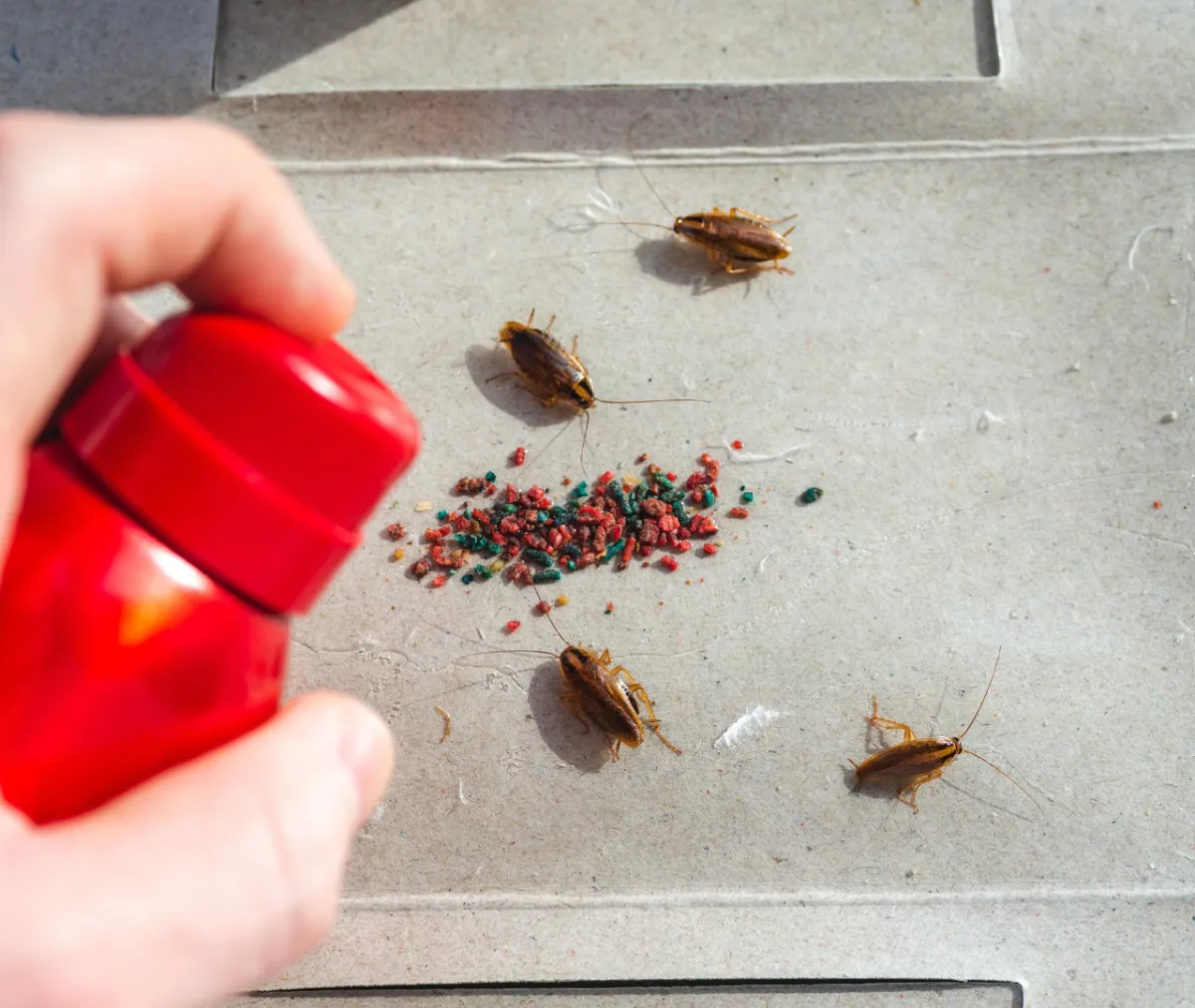
Are DIY Pest Control Methods Actually Making Your Infestation Worse?
Yes—many DIY pest control methods can actually make an infestation worse by driving pests deeper into hiding, spreading them to new areas, or causing resistance to over-the-counter treatments. While it may be tempting to handle things yourself, especially in the early stages of a pest problem, using the wrong approach can lead to long-term damage and a more expensive solution down the road.
How DIY Pest Control Can Backfire
Incomplete Elimination
Most store-bought sprays only kill the pests you can see. They rarely reach hidden nests or breeding grounds, allowing the infestation to rebound quickly. Ants, for example, may scatter and form new satellite colonies if their main colony feels threatened by surface sprays. You might think you’ve handled the problem when you see fewer ants on your counter, but underground or behind walls, the colony could still be thriving, ready to reappear in larger numbers.
Pest Resistance
Overusing or misusing pesticides can cause certain pests, like bed bugs or roaches, to develop resistance, making them harder to kill with traditional chemicals. This often results in wasted money on repeated treatments that fail to address the root issue and can lead to delayed professional intervention. By the time you call a pest control expert, the infestation may be more widespread and difficult to manage, leading to a longer and more expensive treatment process.
Improper Identification
Many DIY methods rely on guesswork when it comes to identifying pests. Using the wrong product for the wrong pest can be ineffective or even attract more pests. For example, using sweet bait for grease-eating ants can cause more ants to appear, worsening the infestation. Misidentifying pests can also lead to incorrect treatment methods, causing harm to beneficial insects while allowing destructive pests to flourish.
Unintentional Spreading
In trying to kill off pests, homeowners may unknowingly push them into new areas—like deeper into walls, behind appliances, or into neighboring rooms. Rodents, in particular, can scatter or become aggressive if disturbed by DIY traps, leading them to create new nesting sites in less accessible areas of your home. This can make it harder to locate and eliminate the infestation entirely.
Health and Safety Risks
Many DIY pest control products contain toxic chemicals that can be harmful to children, pets, or even the person applying them—especially when used in poorly ventilated areas or in high concentrations. Without proper handling and protective equipment, there is a risk of inhalation, skin contact, or contamination of food prep areas and water sources. Additionally, improper use of traps or baits can result in injuries to non-target animals, including pets.
Ignored Root Causes
Spraying visible pests may treat the symptom, not the cause. DIY approaches often overlook critical factors like moisture issues, entry points, or nesting zones that professionals would identify and address. Without addressing these underlying causes, you may continue to experience recurring infestations, even after repeated DIY treatments.
When DIY Works—and When It Doesn’t
DIY pest control can be effective for prevention rather than treatment. You can successfully manage pest risks by:
Sealing cracks, gaps, and entry points around doors, windows, and foundations.
Keeping food sealed and surfaces clean to eliminate attractants.
Reducing moisture and standing water in and around your home.
Installing door sweeps and window screens to keep pests out.
These methods can help reduce the likelihood of an infestation and are a crucial part of any pest management plan. However, once pests have established a presence in your home, professional intervention is almost always more effective. Pest control professionals use targeted treatments, advanced equipment, and in-depth knowledge of pest behavior that goes far beyond what a can of bug spray or a store-bought trap can offer.
Signs You Need a Professional
You may need to call a pest control expert if:
You’ve treated the same area multiple times with no success.
You are seeing pests during the day (often a sign of a large infestation).
You notice damage to walls, wiring, or insulation, indicating nesting activity.
There’s a foul odor or visible signs of nesting.
You are unsure what kind of pest you’re dealing with.
Children, elderly family members, or pets are at risk due to potential exposure to pests or chemicals.
Professionals can assess the full scope of the infestation, identify the pest species, and implement a treatment plan that not only eliminates the current infestation but also prevents future ones.
Final Thoughts: Don’t Let DIY Make It Worse
DIY pest control may seem like a money-saving solution, but in many cases, it only delays the inevitable—and may even make the problem worse. Attempting to treat pests without the proper knowledge or tools can lead to pest resistance, accidental spread, and ongoing infestations that are more expensive and difficult to treat later.
If you’re battling a persistent pest issue, your best bet is to consult a licensed pest control professional who can treat the problem at its source, safely and effectively. Professionals can identify entry points, assess environmental factors contributing to infestations, and implement integrated pest management strategies to keep your home pest-free.
When it comes to protecting your home, your health, and your peace of mind, it’s worth getting it right the first time. If you’re dealing with pests, don’t let DIY mistakes make your infestation worse—reach out to a professional to handle the problem with expertise and care.